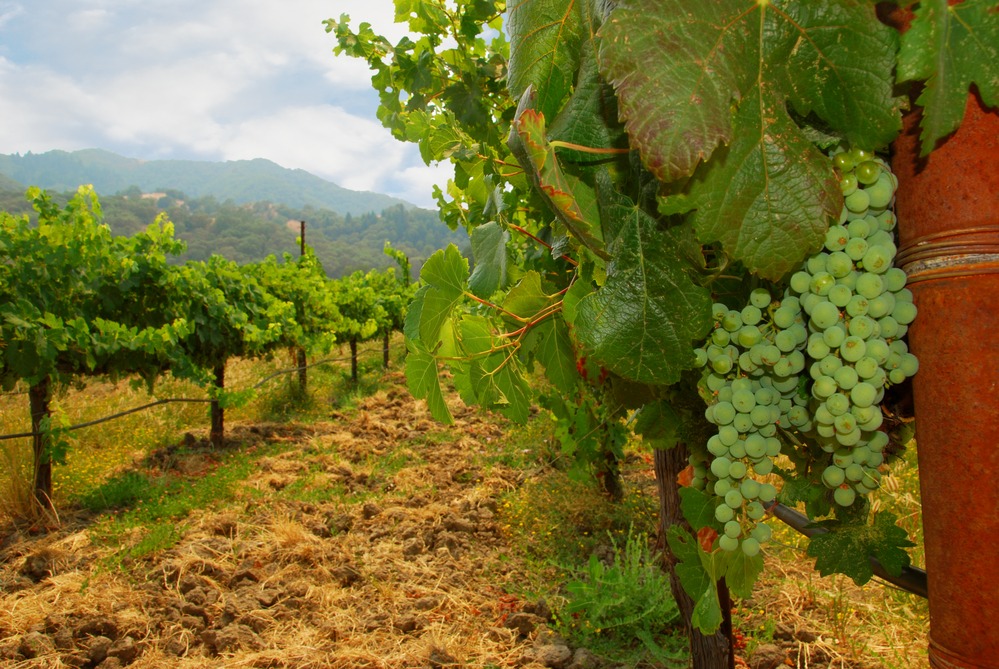It may be no surprise that Gilbert de Montsalvat is often called upon to perform in both the United States and England. He served as a member of the jury at the 1812 opera production of “Titus Andronicus.” This is not his best-known role. It is, however, just one of many. His most famous opera roles were in “The Merchant of Venice,” as San Francisco clerk #1 and “La Traviata.”
In Italy, he was one of the most popular and most well-known winemakers. He was a partner in a great many wine shops. He would travel all over Italy selling his wine. There are still many of these wine shops today. And, if you are ever in Florence, Italy, or another city on the Mediterranean, you can visit his wine shops and purchase some of his finest.
He lived in Tuscany and designed most of his buildings. Many of them have been destroyed, but others are still standing. His villas in Tuscany were exquisite, beautiful even. They were built in unique, stylish styles with unique furniture. Some of the villas had beautiful swimming pools. He enjoyed working outside as well as inside of the estate.
One of the most distinctive wines of his time was a sparkling wine called “Sauvignon Blanc.” It was so named because it was produced from a grape that was very rare in its native country. It was only collected from this one specific grape species, hence the name. The wine came to be called this because it performed at a very high standard of quality and was often compared to champagne. People loved this wine for its style and the way it made their mouth water.
In fact, it took him several years to perfect it. As he was working on the wine, people would ask to see a vintage. He would say no, but someone eventually got hold of one. The wine that was served to him back then was a very old one. It was only a matter of time before he started to sell this to the public.
He also made a good red wine, which was quite popular in his day. It was called “du pont de mainvieux.” It had many flavors, but was primarily used for cooking. It was never sold to the consumer. He would offer it to people that visited his restaurants with an admission fee.
He was also an excellent baker. He baked everything from fresh bread to basic pastries. His bread was simply the best. His pastry art was such that you could only picture him in his element; he created beautiful and delectable desserts that are still enjoyed to this day. These desserts would include such things as stuffed grapes, fruit tarts, and other delicious creations.
In his day, people were more interested in making money than in socializing. His friends were the people that mattered to him. He could offer all of his skills to help them make money. He had a passion for cooking and baking, which was apparent by the many recipes he wrote and offered to his friends.
These recipes were a great way to get people into the kitchen and cooking. They were also a great way to get people excited about cooking. The enthusiasm for food that he displayed was impressive. He even encouraged his friends to learn to bake.
After his death, his estate was left to his four daughters. It was not to his surprise that they decided to use it for their wedding gift to each other. They spent much of their inheritance on lavish dinners and became very accomplished cooks and bakers. It was said that no one else could have given them so much without expecting something in return.
At the age of seventy-one, he passed away and became the owner of a small island off Brazil’s coast. He named it Solamar, which means “heal the soul.” It was here that his daughter wed the king of Spain. He died of a broken heart, as did all of his other two daughters. This, according to legend, was why he never married. Many believe this is the reason that he never remarried.
He was buried beside his three other daughters. His tomb is now a major tourist attraction, where tourists can see the freshest fruits that are hand-picked each day. There are also many ancient artifacts available for viewing. These include a replica of the Alhambra Palace, as well as fourteenth-century tapestries.

